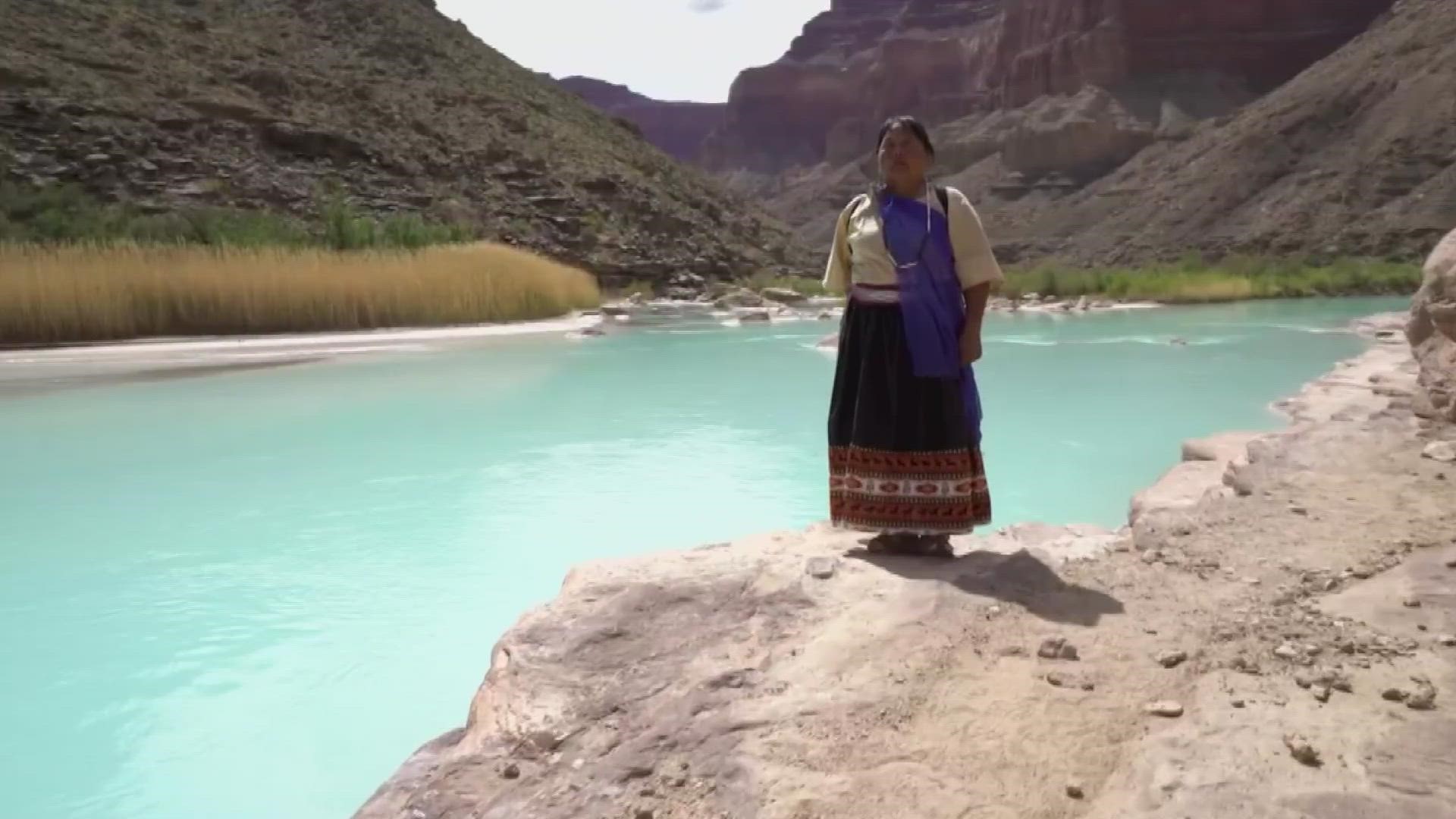WASHINGTON, D.C., USA — Of the 300 or so tribal nations with reservations in the United States, just 47 can say with certainty that their water meets the health and safety standards the federal government established 50 years ago. That means more than half a million people cannot be sure that the rivers and lakes they swim and fish in are safe.
After more than 20 years of work to correct this, the Environmental Protection Agency announced on Wednesday a proposal to finally extend the protections guaranteed by the Clean Water Act to tribal waters that never had them. If implemented in September, the plan would set standards for 76,000 miles of rivers and streams and 1.9 million acres of lakes, reservoirs, and other surface water.
“Today’s proposal is a monumental step forward in our work with Tribal governments to ensure precious water resources are protected,” EPA Administrator Michael Regan said in a statement. The new standards will, he said, safeguard “waters that are essential to thriving communities, vibrant ecosystems, and sustainable economic growth.”
Federal water quality standards are outlined under the Clean Water Act, a landmark environmental law that, among other things, establishes quality standards for the rivers, lakes, and other bodies of water where people fish and swim. But 50 years after its enactment, most reservations do not have these fundamental protections. Part of the problem has to do with resources: it takes time, money, and expertise to design and implement standards, which can vary significantly depending on location and water uses.
“Each tribe is unique, most not having the programs or funding to ensure the baseline [standard] is met,” Russell Hepfer, the vice chairman of the Lower Elwha Tribal Community in Port Angeles, Washington, said in a statement. “Moving forward, EPA should consult with and support tribes with funding for implementation and enforcement.”
The EPA’s proposed rule culminates a quarter century’s work. Beginning in 1998, the agency sought tribes’ input on the possibility of extending federal quality standards to all tribal waters, but withdrew a proposal pending additional review several years later. In 2015, the agency renewed its efforts and sought input from tribal leaders.
Throughout this process, tribal governments generally supported the implementation of a baseline water quality standard, but several worried that such a move would infringe on their sovereignty. Some told the agency that any rule should accommodate tribe-specific interests, such as sustenance fishing and cultural uses of water bodies.
The EPA’s proposal will not apply to the 47 tribes that, like states, already have their own water protection programs that meet federal standards. In its proposal, the agency noted that more tribes are showing interest in implementing their own programs, but getting them approved takes time. At the current pace, the agency noted, it could take more than a decade. The proposed rule offers interim relief for those tribal citizens until their leaders can implement their own standards. These protections are especially important in places like rural Alaska, where some native communities rely heavily on subsistence fishing.
“We recognize that the national baseline water quality standards is one important step in ensuring the gap is closed for impaired waters to be protected, while providing the opportunity for Tribes to gain status toward establishing their own water quality standards,” said Gerald Wagner, the chair of the National Tribal Caucus.
This story was originally published by Grist. Sign up for Grist’s weekly newsletter here.
Water Wars
Water levels are dwindling across the Southwest as the megadrought continues. Here's how Arizona and local communities are being affected.

